Healthy and Easy-to-Prepare First Foods for Your Breastfed Baby
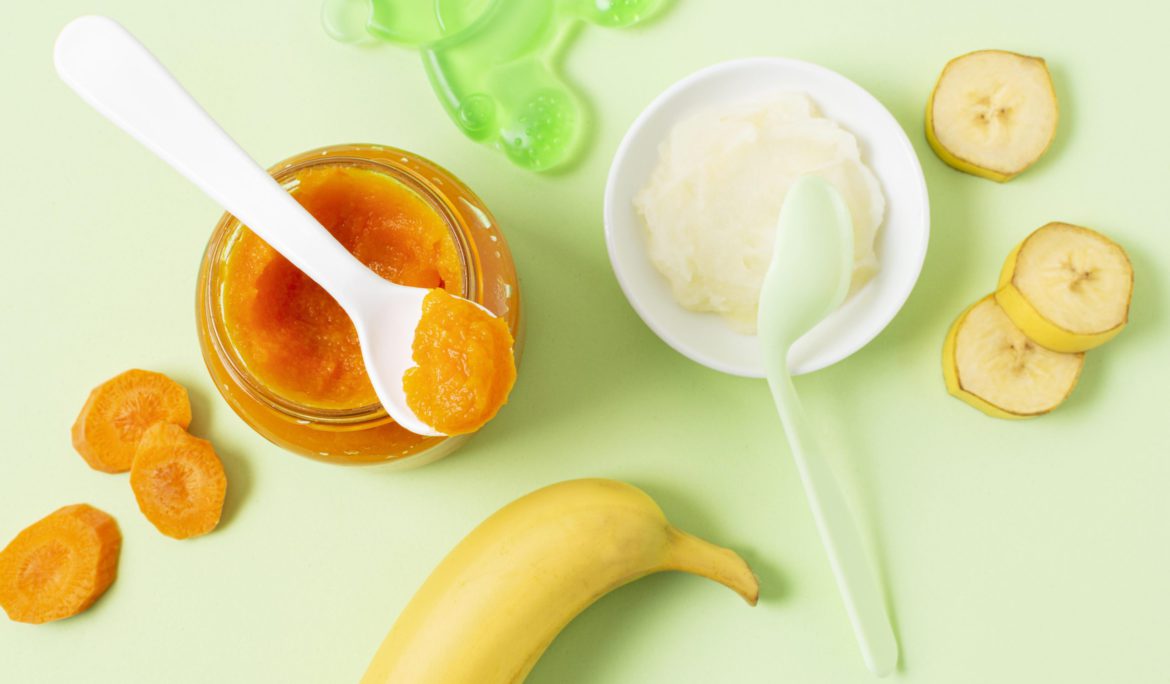
Embarking on the journey of introducing solid foods to your baby is an essential milestone, marking a period of significant growth and development. This transition from exclusive breastfeeding or formula feeding to the world of diverse tastes and textures is not just about feeding; it’s about nurturing your baby’s sensory experiences and nutritional health. To make this phase enriching and less daunting for new parents, here’s an expanded guide on the top 10 nutrient-rich first foods for your baby, detailed preparation tips, and how to ensure a balanced diet that supports optimal development.
| First Food | Benefits |
|---|---|
| Iron-Fortified Cereal | Provides essential iron for brain development. |
| Avocado | High in healthy fats necessary for brain and cell development. |
| Sweet Potato | Rich in vitamin A for vision and immune function, plus fiber. |
| Bananas | Source of potassium and fiber, easy to digest. |
| Cooked Apples | Offers fiber and vitamin C, aiding digestion and immune function. |
| Lentils | Plant-based protein and iron source, essential for growth. |
| Butternut Squash | Packed with vitamins C and E, magnesium, and potassium. |
| Peas | Provides vitamins A, C, K, and protein, supporting overall health. |
| Pears | Gentle on the stomach, rich in fiber and vitamins. |
| Broccoli | Loaded with fiber, vitamin C, and antioxidants for a healthy immune system. |
The Top 10 Nutrient-Rich First Foods
 Iron-Fortified Single-Grain Cereal
Iron-Fortified Single-Grain Cereal
- Importance: Iron supports crucial brain development. An ideal start, single-grain cereals are gentle on the baby’s stomach and easily digestible.
- Preparation Tip: Start with a thin mixture of cereal and breast milk/formula, gradually thickening the consistency as your baby gets used to it.
 Avocado
Avocado
- Importance: The healthy fats in avocados are vital for brain and cell development. Its creamy texture is perfect for early eaters.
- Preparation Tip: For a smooth introduction, mash the avocado finely. As your baby becomes more adept at eating, offer small, manageable pieces to encourage chewing.
 Sweet Potato
Sweet Potato
- Importance: Sweet potatoes are packed with vitamin A for eye health and fiber for digestion.
- Preparation Tip: Roasting or steaming sweet potatoes brings out their natural sweetness. Puree for a smooth consistency or offer as soft-cooked pieces for older infants.
 Bananas
Bananas
- Importance: An excellent source of potassium, bananas are easy to digest and can help maintain fluid balance and muscle function.
- Preparation Tip: Mash ripe bananas with a fork until smooth. For babies ready for more texture, small chunks can encourage self-feeding.
 Cooked Apples
Cooked Apples
- Importance: Apples are a great source of fiber and vitamin C, aiding digestion and immune function.
- Preparation Tip: Peel, core, and cook apples until tender. Pureeing cooked apples creates a smooth, digestible first food.
 Lentils
Lentils
- Importance: Lentils are a hearty source of plant-based protein and iron, essential for growth and development.
- Preparation Tip: Cook lentils thoroughly and blend to a fine puree. Mixing with a bit of vegetable broth can enhance the flavor.
 Butternut Squash
Butternut Squash
- Importance: This vegetable is a powerhouse of nutrients, including vitamins C and E, magnesium, and potassium.
- Preparation Tip: Steaming or roasting softens the squash for easy pureeing. Its natural sweetness makes it appealing to babies.
 Peas
Peas
- Importance: Peas are rich in vitamins A and C, iron, and protein, supporting overall health and development.
- Preparation Tip: Steam until soft and blend to a smooth puree, adding water or breast milk to achieve the desired consistency.
 Pears
Pears
- Importance: Pears are gentle on a baby’s stomach and provide essential vitamins and fiber.
- Preparation Tip: Cook pears until soft and mash or puree. For a refreshing treat, serve chilled pear puree.
 Broccoli
Broccoli
- Importance: Broccoli is loaded with fiber, vitamin C, and antioxidants to support a healthy immune system.
- Preparation Tip: Steam until tender and puree with a little water. Introducing broccoli early can help develop a taste for green vegetables.
Tips for a Smooth Transition
- Diverse Textures: Gradually introduce a variety of textures to encourage chewing skills and sensory development.
- Mealtime Routines: Establish a routine that includes sitting at the table for meals, even if your baby is not eating solids yet, to promote social eating habits.
- Responsive Feeding: Follow your baby’s cues for hunger and fullness. Let them explore food at their own pace without forcing them to eat more than they wish.
Ensuring a Balanced Diet
As you introduce solid foods, aim for a balanced diet that includes a variety of fruits, vegetables, grains, and proteins. This diversity ensures your baby gets a wide range of nutrients necessary for growth and development. Remember, the transition to solid foods is a gradual process, and breast milk or formula should still be a significant part of their diet until at least 12 months old.
Embarking on this adventure lays the foundation for healthy eating habits and provides the nutrients your baby needs for their growth and development. Always consult with your pediatrician for personalized advice, especially if you have concerns about allergies or your baby’s growth. This guide to nutrient-rich first foods and preparation methods will ensure your baby enjoys a variety of wholesome meals, making this transition as smooth and joyful as possible, and ensuring a fun and nutritious start to your baby’s journey into the world of solid foods.
FAQs About Nutrient-Rich First Foods for Babies
When is the best time to start introducing solid foods to my baby?
The best time to start introducing solid foods is around 6 months of age. This recommendation aligns with guidelines from major health organizations, which suggest starting solids when your baby shows signs of readiness, such as being able to sit up with minimal support and showing interest in food.
Can I continue breastfeeding after introducing solid foods?
Yes, you should continue breastfeeding even after introducing solid foods. Breast milk remains a vital source of nutrition for your baby’s first year and beyond. Solid foods should complement, not replace, breast milk or formula during the first year.
How do I know if my baby is ready for solid foods?
Signs that your baby may be ready for solid foods include good head and neck control, the ability to sit up with little or no support, showing interest in your food, and the loss of the tongue-thrust reflex that pushes food out of the mouth.
What are the best first foods to introduce to my baby?
The best first foods are nutrient-rich and easy to digest. Options include iron-fortified single-grain cereals, avocados, sweet potatoes, bananas, cooked apples, lentils, butternut squash, peas, pears, and broccoli. These foods offer a range of essential nutrients like iron, healthy fats, vitamins, and fiber.
How should I prepare solid foods for my baby?
Preparation methods vary by food but generally involve cooking until soft, then mashing or pureeing to a suitable consistency. For example, sweet potatoes can be roasted or steamed until tender, then mashed. Always ensure the food is cool enough and has the right texture to prevent choking.
What should I do if my baby refuses a certain food?
It’s common for babies to refuse new foods at first. If your baby refuses a certain food, try offering it again in a few days. Babies often need multiple exposures to a new food before accepting it. Always stay patient and never force your baby to eat.
Are there any foods I should avoid giving my baby?
Avoid honey, cow’s milk, and foods that can be choking hazards (like whole grapes, nuts, and raw carrots) for babies under 1 year. Also, be cautious with allergenic foods; introduce them one at a time and watch for any signs of an allergic reaction.


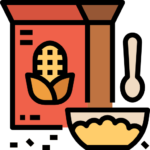 Iron-Fortified Single-Grain Cereal
Iron-Fortified Single-Grain Cereal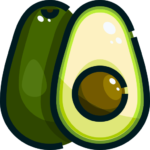 Avocado
Avocado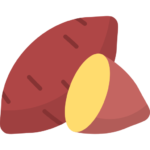 Sweet Potato
Sweet Potato Bananas
Bananas Cooked Apples
Cooked Apples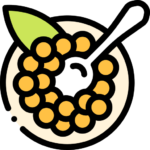 Lentils
Lentils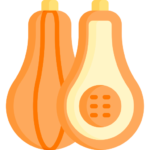 Butternut Squash
Butternut Squash Peas
Peas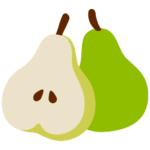 Pears
Pears Broccoli
Broccoli